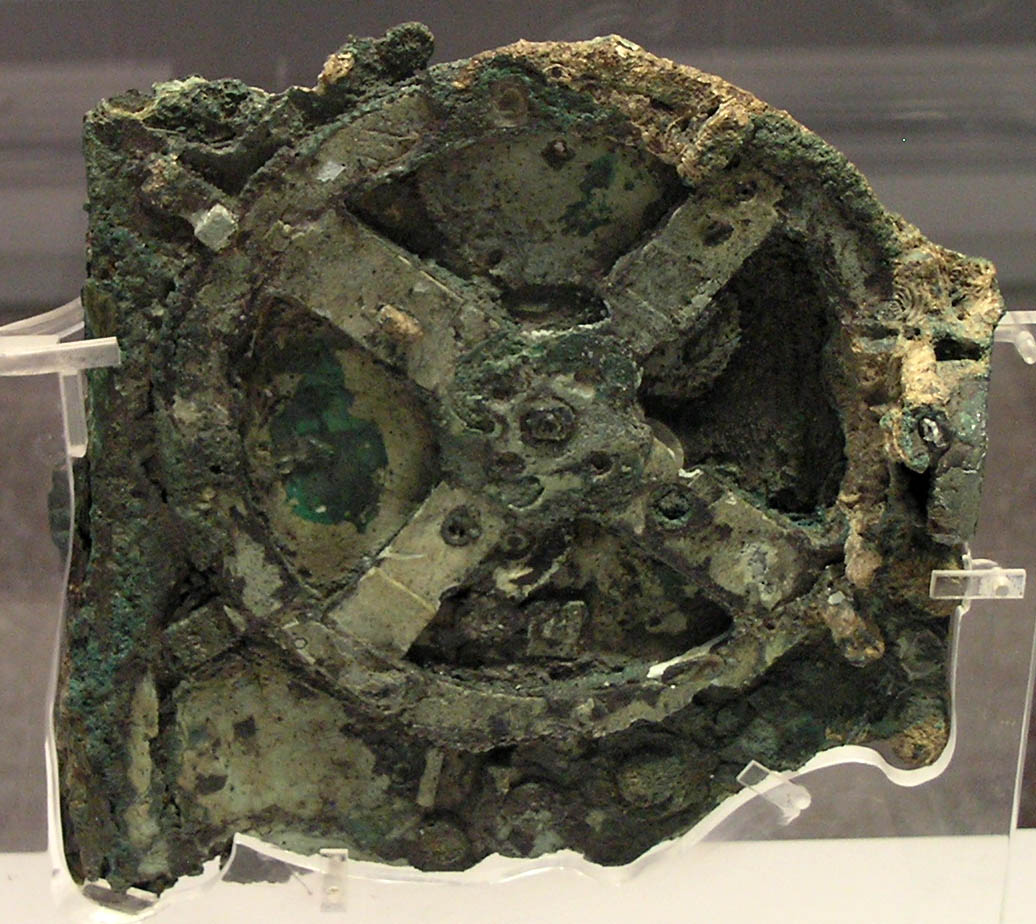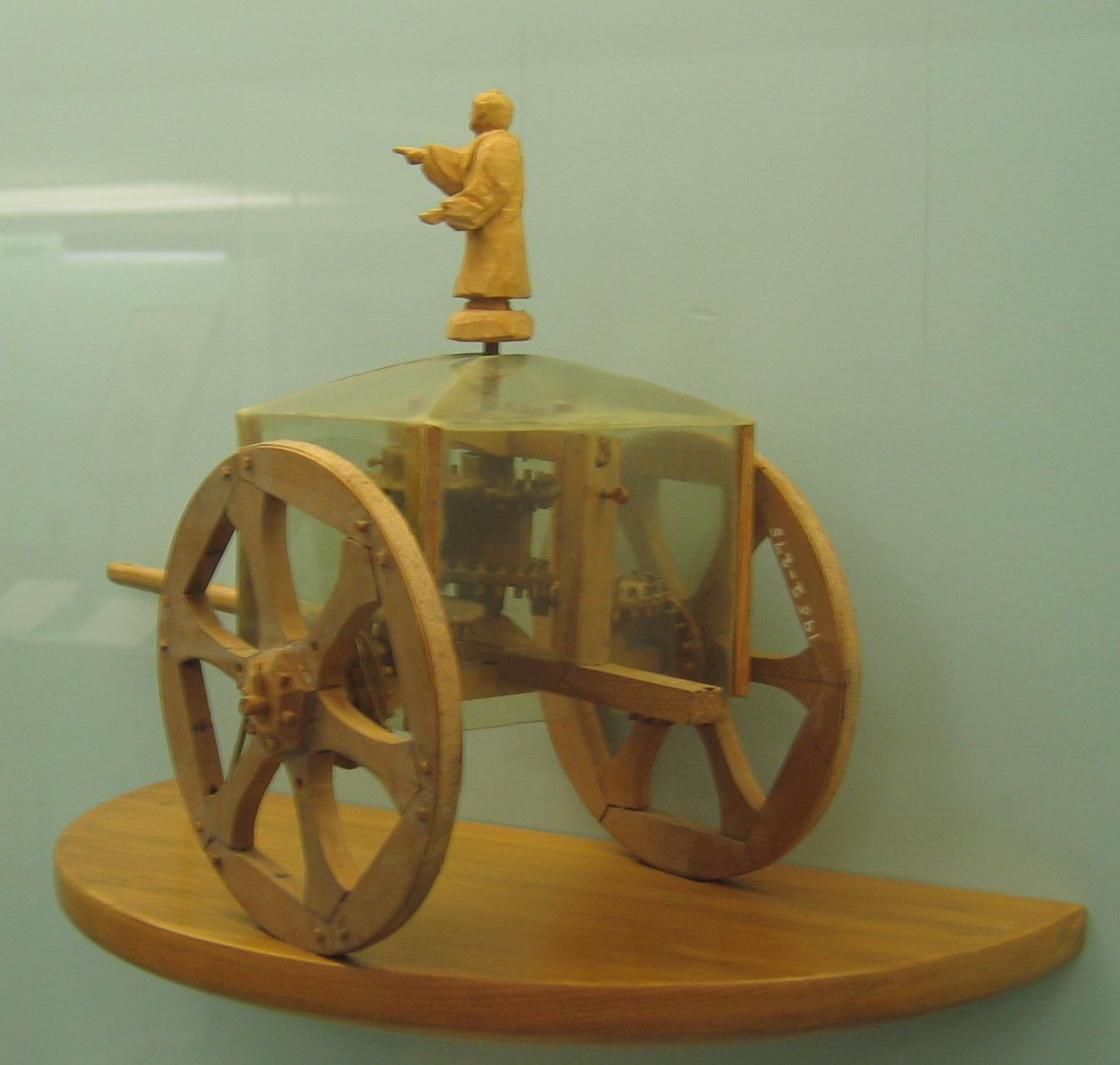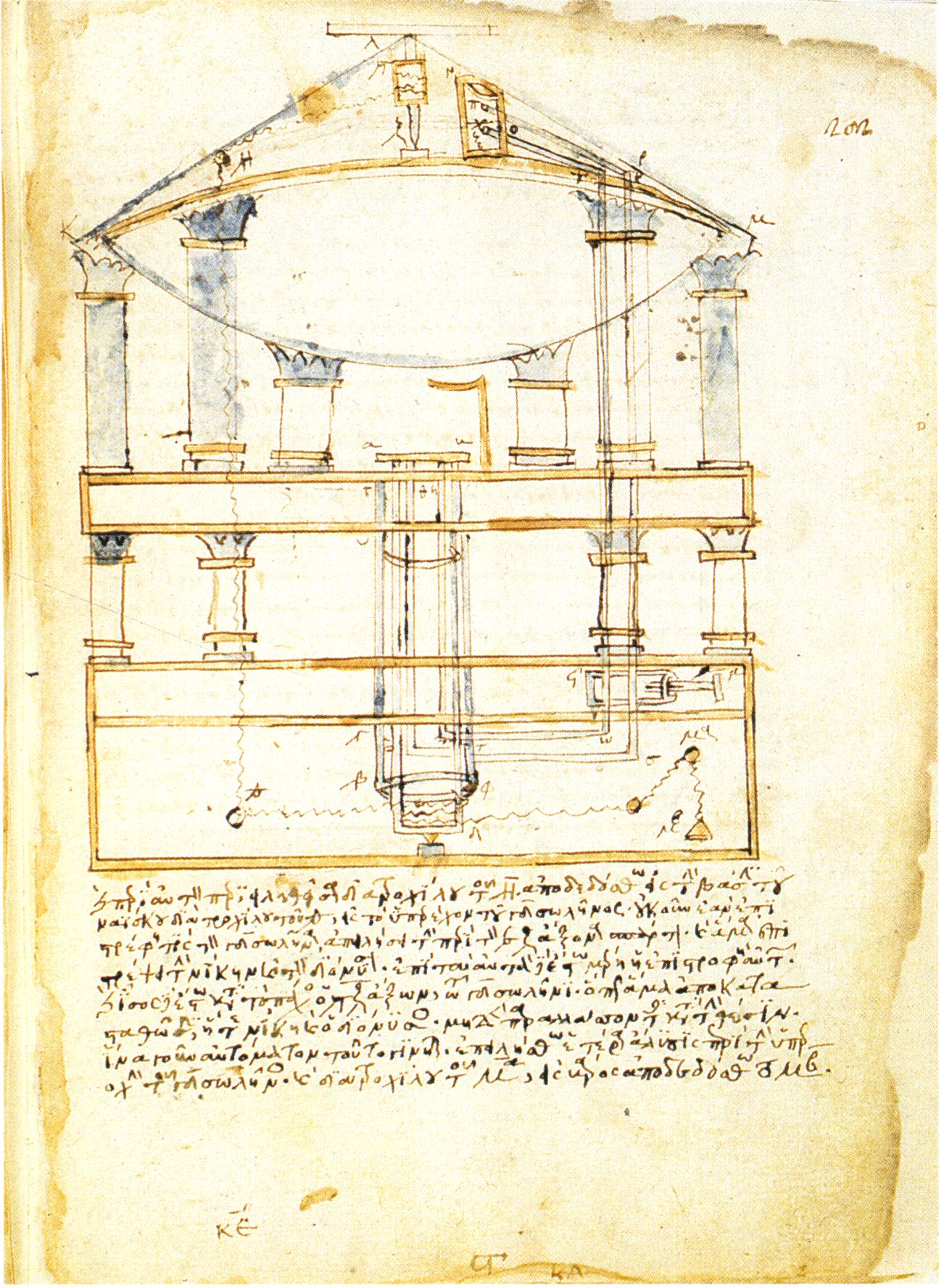The History of AI – Antiquity
The fascination humanity has with artificial intelligence (AI) is deeply rooted in our history and can be seen as an evolution of our timeless drive to understand, replicate, and augment ourselves and the world around us. By examining the Antikythera mechanism, the Chinese south-pointing chariot, and historical automata, we can trace the lineage of this intrigue.
The Antikythera mechanism:

OLYMPUS DIGITAL CAMERA
https://www.youtube.com/watch?v=qqlJ50zDgeA
Description: The Antikythera mechanism, discovered in an ancient shipwreck off the Greek island of Antikythera, is an intricate analogue computer made of bronze gears. Dating back to the 2nd century BC, it’s believed to have been used to predict astronomical events, such as solar and lunar eclipses.
Significance to AI: It represents an early attempt at constructing a machine to model and predict complex natural phenomena. While it wasn’t “intelligent” in the modern sense, the mechanism showcased humanity’s drive to replicate or mimic the workings of the universe through technology. This drive is fundamental to the pursuit of AI.
The Chinese “South-pointing chariot”:

https://www.youtube.com/watch?v=9JxHefqiLRM
Description: This mechanical device constructed in ancient China always pointed south, regardless of how the chariot was turned. While the exact mechanisms varied, the most common design used a differential gear to keep a statue (usually a figure or a pointer) oriented to the south.
Significance to AI: The south-pointing chariot demonstrated an early form of feedback system and the use of gears to maintain a consistent output (in this case, direction). Feedback mechanisms are vital in modern AI systems, especially in robotics and control systems.
The “automata” of Ancient Greece and Rome:

https://www.youtube.com/watch?v=0QGkf13fVs4&t=626s
Description: Automata were mechanical devices that could perform simple actions or mimic human or animal behaviour. Think of them as ancient robots. For instance, the Greek engineer Hero of Alexandria constructed devices that could automatically pour wine, sing, or mimic the motions of birds.
Significance to AI: Automata showed the ancient desire to replicate life and motion through machinery. While they were powered by basic mechanisms like wind, water, or springs and weren’t “intelligent,” they set the stage for the notion that machines could mimic or replicate aspects of living things. This idea is fundamental to artificial intelligence.
Why These Devices Are Considered Precursors to AI:
Complexity & Modeling: Each device, especially the Antikythera mechanism, was a testament to human ingenuity in modelling or replicating complex processes or behaviours using machinery.
Automation: The devices attempted to automate particular tasks or behaviours, whether predicting eclipses or always pointing south. Automation is a significant step towards creating systems that can operate independently, a key feature of AI.
Feedback Mechanisms: The South-pointing chariot, in particular, had a mechanism that responded to external changes to maintain a constant direction. Feedback and adaptation to the environment are critical components of many AI systems.
Drive to Replicate Life: The automata, in particular, reflected the human fascination with replicating life through machinery, a theme that continues in AI’s goal to replicate human cognition.
While these ancient devices were not “intelligent” by today’s standards, they represent foundational steps in humanity’s journey toward creating machines that simulate natural processes, behaviours, and even thought.


